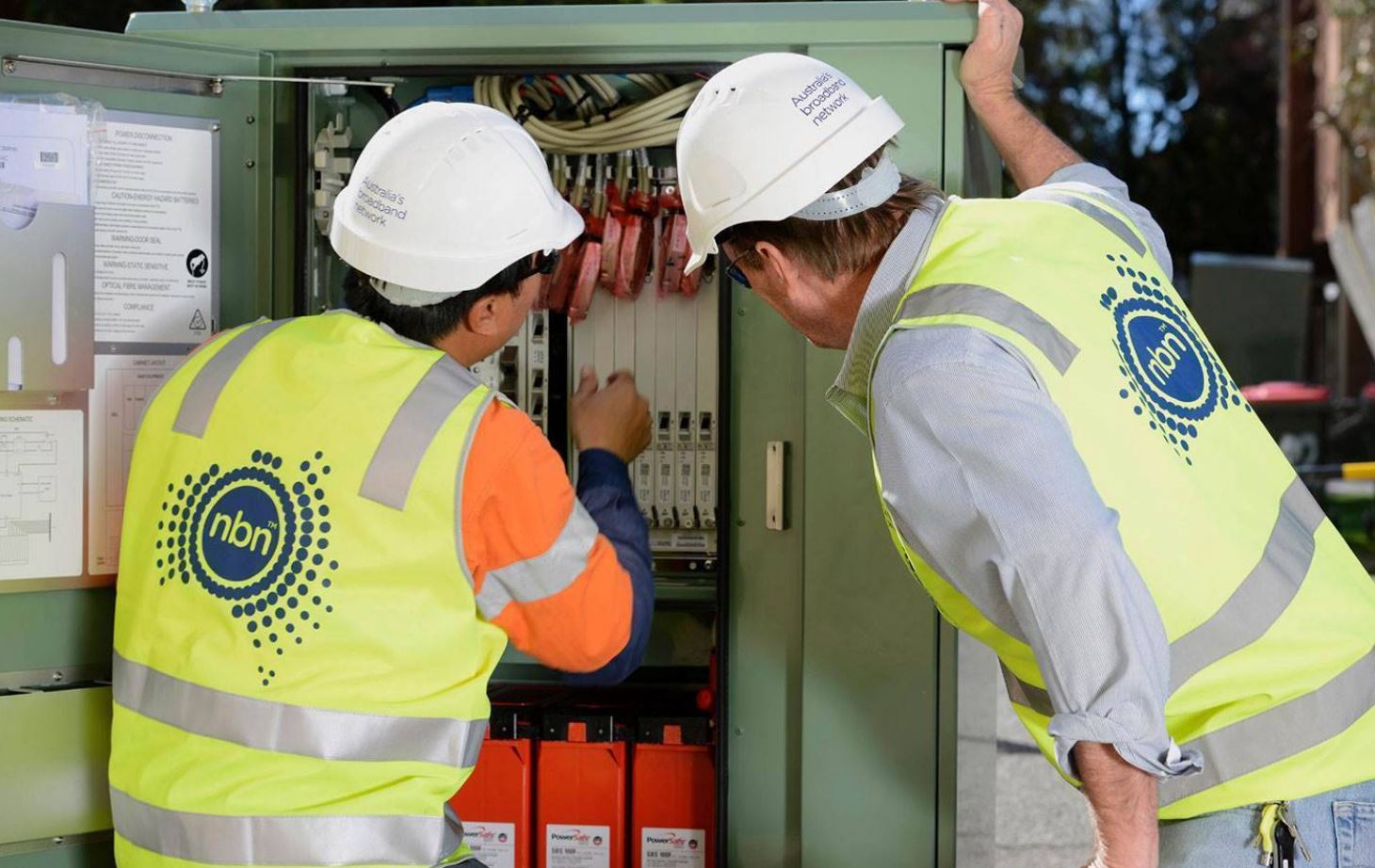A piece of national infrastructure called the nbn was created to provide high-speed internet access to homes and businesses everywhere in Australia. There are various types of nbn service class connections depending on where you live or work. Knowing the nbn connection types that make up the nbn nodes is helpful as they may influence your ability to receive the great speed according to the type of Internet plan chosen by you from ISP (internet service provider) like best in town “Quantacom”.
FTTN, FTTP, and FTTC are terms you may have run across while looking at nbn options like what is fttp, what is fttn or what is fttc? This distinguishes them from one another, and will FTTC speeds and performance be equal to or better than those of FTTN and FTTP or vice versa? They are all nbn connection types, but there are some important distinctions that you should be well aware of in terms of setup fees, rollout costs, and schedules.
FTTP vs FTTN vs FTTC
FTTP: Fiber to the Premises, The best fttp max speed is provided to the population. Without using any copper, it runs fiber all the way to the area where it is being used. The installation process for FTTP is likewise unique in that an NBN technician must come to your home to install an inside connection box and an external utility box.
FTTN: Fiber to the Node, it runs to a mini-exchange or node close to your house, and from there it is connected to your property using a conventional copper line. This is the most popular connection type for the majority of the data transit to a central location, known as a node. The remaining distance to your modem/router is covered by the existing copper wire that was already placed to handle phone lines, which is often found at the end of a street or in the center.
FTTC: Fiber to the Curb, uses a fiber optic connection that extends nearly all the way to your homes. This is the most recent version of this connection type. It claims to provide users with a higher speed when compared to nbn fttn, as well as a less expensive choice for nbn fttc when compared to FTTP.
DIFFERENCES BETWEEN FTTN, FTTP & FTTC
The cost to the consumer for FTTP and FTTN is roughly the same, despite the fact that FTTC and FTTP are substantially quicker than FTTN. Because it was simple to upgrade the connection and required less copper infrastructure, FTTC was less expensive to roll out.
- Installation
The fact that FTTN is substantially quicker to lay out than FTTP is a major advantage. A quicker deployment means that your area can connect to the nbn more quickly. Because FTTN uses existing copper telephone lines and doesn’t need as much new infrastructure, it can be deployed more quickly than FTTP. Unfortunately, consumers are unable to pick the delivery method that is implemented in their location. However, you can look into requesting an area switch or an individual premises switch if you currently have FTTN or FTTC in your region and want to switch to FTTP.
- Speed
The finest nbn connection was thought to be FTTP because of its faster speed. The typical download speeds offered by FTTP range from 12 Mbps to 1,000 Mbps (1Gbps). The FTTC setup speeds numbers have significantly changed for the premises fortunate enough to be in the first rollout of FTTC to properties, while FTTN gives speeds of approximately 50Mbps to 100Mbps. There is less chance of speed degradation because there is less copper needed.
- Cost
The cost for all nbn plans, including FTTN, FTTC, and FTTP connections are consistent. You very likely won’t pay anything because NBN Co covers installation and setup fees for all properties except freshly/newly constructed ones. Your internet service provider (ISP) may require you to pay an activation fee for your contract, but this is dependent on them.
- Long-Term Policy
Because they are faster and have a longer life cycle, FTTC and FTTP are typically seen as being superior to FTTN. Additionally, they are less expensive to maintain than FTTN, however NBN Co (not the consumer) is responsible for these expenses. As of fttn to fttp upgrade, FTTP connection materials last 20 to 40 years before losing quality, but FTTN connection materials last 5 to 20 years. The benefit of fiber-to-the-curb is that it practically guarantees users will be 300 meters or less from the fiber’s edge while saving money on the cost of the last leg of delivery to the property. The disadvantage is that it still caps connection speeds at around 100 mbps, which means that organizations or people who need full fiber will still be unable to get those kinds of fttp speeds.
- Equipment
A VDSL2 ready modem router is the piece of equipment you’ll need for both FTTN (fiber to the node speed) and FTTB (Fiber to the Building). You can have several users on the same connection by sharing your nbn connection with the rest of the house via router. A wireless router is necessary for FTTP, Fixed Wireless, and HFC (Hybrid Fiber Coaxial) connections. You won’t need to have a box installed at your property because FTTN sends your copper cables straight to the node. The NBN Co will mount a utility box on an exterior wall if you’re having FTTP. A power supply and a network termination device (NTD) will also be placed indoors. The cost of all of this hardware will be covered by NBN Co.
Why am I not able to pick the nbn type I use?
There are many other connections available apart from these three main nbn ones, like fixed wireless. Many people and organizations would need access to fttp checker as it is the only way to provide 1000-Mbps services, whereas FTTN can only offer 100-Mbps. The technical infrastructure in the area determines what nbn services are available. The only exception is if the consumer covers the cost of FTTP installation out of pocket. This can be costly because you’ll have to pay for any necessary civil construction work as well as project management, in addition to the price of upgrading and installing fiber lines and FTTP equipment.
FAQs
- Is FTTP Preferable to FTTC or FTTP broadband superior to FTTC?
Definitely, sure!… The upload and download speeds for FTTP are normally symmetrical, meaning that the maximum speed possible is the same for both. On the other hand, upload speeds on FTTC are often substantially slower than download rates and have a much lower speed ceiling.
- Which is Better Option FTTP or FTTN?
FTTP connections offer faster and reliable than FTTN connections and are more dependable. It’s crucial to understand how the two technologies differ from one another. Another copper-fiber hybrid connection is FTTC. Although FTTP speeds are faster than FTTN, they are still not as quick as FTTP.
- Is FTTC Slower in Speed than FTTP?
Due to the absence of antiquated copper connections that slow down your internet connection, FTTP is often substantially faster than FTTC. Despite the fact that speeds vary by region, broadband provider, and package. The typical FTTC speed ranges from 35Mbps to 76Mbps.
- Will I be able to Upgrade Nbn from FTTC to FTTP?
Yes, this happens because of area selection as services by nbn network via FTTN and FTTC can be upgraded to different premises.
- Is FTTC Outdated?
Despite providing us with a telephone service since and broadband since the introduction of ADSL (asymmetric-digital-subscriber line) recently, FTTC (fibre-to-the-cabinet), copper is now out of date and will be replaced by full fibre or FTTP (fibre-to-the-premises) by coming years.
- What speed is FTTN in Australia?
Homes using FTTN that are more than 700 yards from an NBN node can anticipate download rates of 25 to 30 Mbps.
Either fttc vs fttn or fttn vs fttp, it completely depends on the location you are living to require what nbn connection is necessary for you also depends on usage. You may not always be able to choose the sort of connection you desire because availability of each of these connection types will depend on what has been made available in your area.





